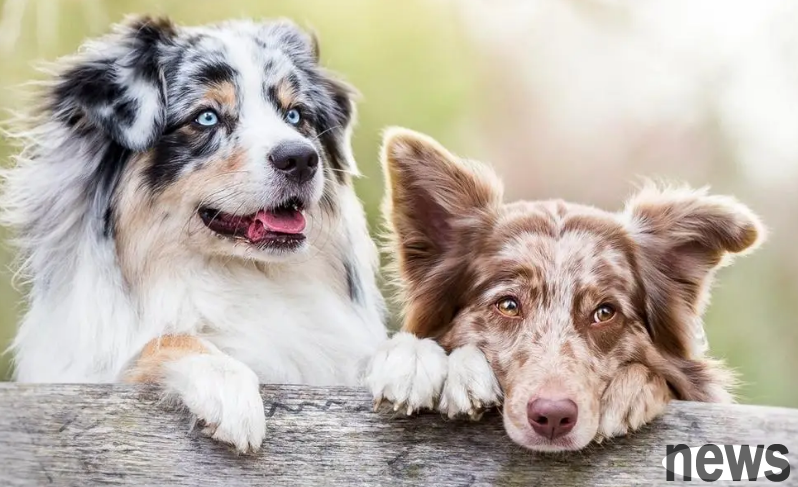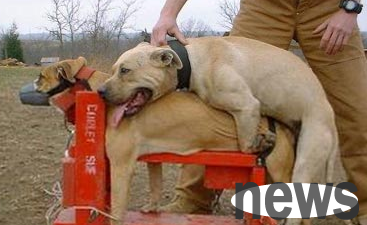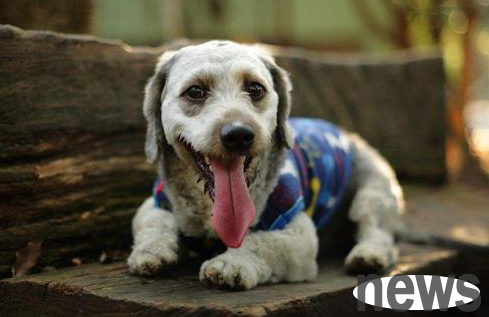3 common options for dogs
There are generally three methods for dog selection, each with its advantages and disadvantages. Here is a brief introduction to these 3 common methods for dog selection.
 1. Selection of dogs with non-near relatives in the same breed
1. Selection of dogs with non-near relatives in the same breed

This is the most common dog matching method, which can satisfy two conditions: 1. The same breed; 2. Male and female dogs with kinship for more than 5 generations are satisfied. This mating can maintain certain advantages while avoiding inbreeding defects. It is a very popular method of optional mating.
2. Hybridization and hybridization, different types of dogs are used to breed offspring. The advantages of hybridization selection are: they can produce hybridization advantages. Such puppies are very "solid" and are like humans. They are "mixed-race children". Such puppies will have better vitality and production performance and will not be prone to illness.
But unfortunately, the names of this type of puppies are not very nice, and they are often called "schonger" or "mixed dog". At the same time, various canine competitions are often difficult to participate because of impure blood relationships. If you care a lot about your dog’s blood, don’t let your dog mate this way.
3. Selection of close relatives. Selection of close relatives means that there is a relatively close blood relationship between the mating male and female dogs, such as: mating between father and daughter, mother and son, sibling, half-birth, and half-birth. The purpose is to obtain excellent inheritance and fix the dog's traits. However, this disadvantage is also very obvious, and it often leads to a large number of genetic diseases, such as: weak disease, poor living ability, low pregnancy rate, few baby births, unstable temperament, congenital defects (such as missing teeth, cleft palate, deformity, backward eyelashes, blindness, deafness, cryptorchidism), etc.



![[Purchase of dogs] Which dog is expensive? It depends on whether there are any of the following characteristics](/uploads/allimg/250523/0932205028-0-L.png)










